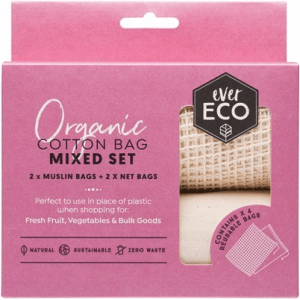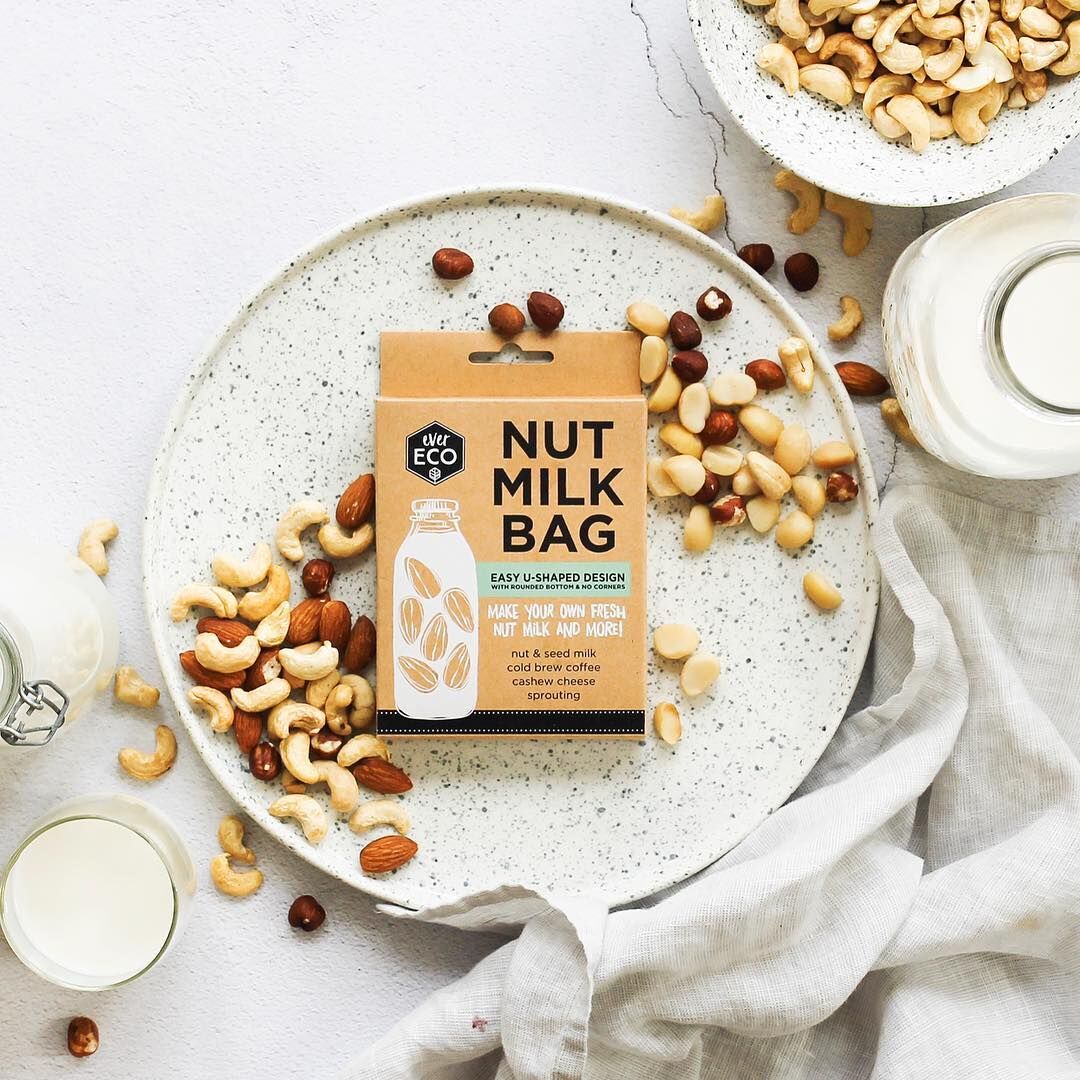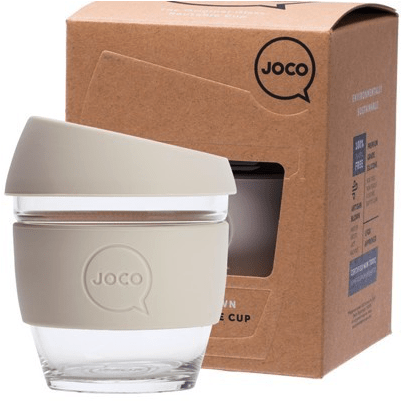Do you know the difference between ‘compostable‘, ‘biodegradable’, ‘degradable’ and ‘recyclable’? You might have heard or seen these terms get thrown around in the eco-friendly space, so they are quite common terms… but what do they all actually mean? Let’s discuss!
Compostable
If an item is compostable, this means that the item is intended to return to nature safely – just like biodegradable materials. However, compostable materials go one step further by providing the Earth with valuable nutrients once completely broken down, which aids the growth of plants and trees. You might be familiar with this process (i.e. composting)! Composting works because millions of tiny microbes consume the waste and transform the organic material into compost.
Biodegradable
If an item is biodegradable, given the right conditions and presence of microorganisms, fungi or bacteria, the item will break down to its basic components and return to nature. This process typically takes one year or less. The ability for items to biodegrade within landfills helps reduce waste which ultimately contributes to a safer and cleaner environment.
Degradable
This term commonly gets confused with ‘biodegradable‘, but in fact, the term ‘degradable’ is the umbrella term given to man-made items that break down through chemical reactions into smaller parts and do not have living organisms as a crucial part of their breakdown process. Degradable items can be photodegradable (broken down by ultraviolet light), oxo-degradable (broken down by exposure to heat) and biodegradable (broken down by the action of microorganisms).
Recyclable
If an item is recyclable, this means that it can be converted into new materials and objects that would otherwise be thrown away. Ultimately, recycling prevents the waste of potentially useful materials, reduces the consumption of raw materials, and the byproduct of this is that it helps reduce the level of environmental pollution (air and water) and energy usage.
Recycling Codes
Have you seen those recycling symbols the with numbers on the back (or bottom) of plastic items? There is a lot of confusion (or lack of knowledge) around these so if you don’t know what they mean, you’re not alone! They are in fact plastic or resin identification codes. The purpose of these codes is to advise people what type of plastic the item is made from, if it is recyclable and how to dispose of the item.
*Note: As recycling varies slightly from location to location, we advise you to use the following information as a guide only and ask your local council if you have any specific questions. Read our blog about recycling codes…
Plastic
While we’re on the topic of differentiating the terms frequently used in the eco-friendly space, we thought we might as well talk about plastic! Why should we move away from plastic? Because it contaminates the environment and when plastic breaks down, it only breaks down into smaller and smaller plastic fragments. Plastics are also made from non-renewable resources including crude oil, coal and gas which means that when you’re ready to throw plastic items away, they are added to landfill and this creates additional waste.
Shop Sustainable
-

Organic Cotton Netted Tote Bag
$14.29 Add to cart -

Ever Eco Recycled Mesh Produce Bags (8 pack)
$21.99 Add to cart -
 Sold Out
Sold OutEver Eco Organic Cotton Mixed Set Produce Bags (4 Pack)
$21.99 Read more -
 Sold Out
Sold OutBiotuff Dog Waste Bags Refills (4 pack)
$10.99 Read more -
 Sold Out
Sold Out4myearth Bread Bag (Denim Stripe)
$24.19 Read more -

4myearth Food Pocket (Denim Stripe)
$14.29 Add to cart










